Inside of a century-old kiln with 10 ft high brick walls covered in decades of soot and char stands an artist. His only light source, a near-blinding work light that stings your eyes if you even look in its direction, but yet barely illuminates the storied walls of the furnace.
He is assembling one of the last pieces for his art show, a composite wood sculpture with a painted twig hung carefully between the triangle-cut blocks of wood. The sculpture resembles an elk ripped from the walls of Chauvet, but reimagined with a Picasso-like influence of triangles and geometry. He stands there in the darkness.
Just him and his creation. The art show is ready to begin.

John Klaiber’s exhibition “Zoo Time” is a testament to the time we live in. An art exhibit pulled almost entirely from the trashcans of Sacramento, long-since discarded refuse found a new life.
The home of the exhibit was the Panama Art Factory. Built around the turn of the twentieth century, it was once one of the premier pottery factories in all of America, but its steam powered machines have long since been shut down.
But on the night of the reception the factory was alive once more. However, instead of the sounds of machinery and industrial-era furnaces howling, laughter could be heard. The scent of wine filled the rusted hallways and the oxidized machines provided shelving for Klaiber’s art.
People moved from room to room, from kiln to kiln.
In the middle of the main room stood a behemoth – Klaiber’s monster.
A life size T-Rex made from cardboard dwarfed everyone (and everything) else in the room. Underneath it, a makeshift stage was created for the many musical acts that would perform that night.
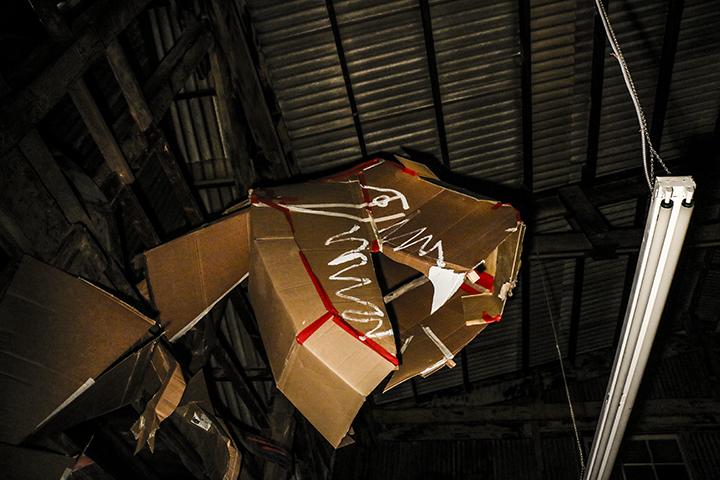
Local bands and musicians provided music for the entirety of the evening.
Folsom-based band Worthy Goat were the first ones to take the stage. They began their set by playing an impromptu jam session inside one of the kilns featuring Klaiber’s work.
The kiln played a pivotal role throughout the night. It served as a gallery, it hosted conga player Miguel Paz, spoken word poet Rob Esperanza and Worthy Goat. Even though the kiln hasn’t been fired in years, it is still creating art. That seemed to be the central theme of the night: the lost and forgotten becoming the praised and remembered.
After Worthy Goat, the Tony Passarell Jazz Trio took the stage and turned off the lights on their way up. They plunged the warehouse into darkness and took all those in attendance on an auditory trip that can best be described as a merging of Pink Floyd meets the Weather Report meets Thelonious Monk.
There was real attempt on Klaiber’s behalf to try and make the show as diverse as possible.
Klaiber even took the remains of his brother’s old wood floor and painted each individual piece, which he then gave away for free to those in attendance. Dozens of unique and individually painted pieces served as party favors.
That is John Klaiber in a nutshell.
“I’m not thinking about things,” said Klaiber, “I’m just doing them. I’m in the flow. I’m like a river.”
Klaiber was definitely in the flow on the night of the reception. He talked to each and every person that came through the door and walked them through the exhibit.
He provided the children in attendance with wooden canvases and paintbrushes and let them create their very own art. He handed guitars to other kids and let them write songs and perform in front of his guests underneath the jaws of the T-Rex.
LeAndra Mukaz, whose children got to perform in front of everyone, described John as “a great guy and a forward-thinking artist.”
When asked what his artistic process was like, and whether or not he was the forward thinker others claimed him to be, Klaiber gave a simple answer: “I think the lifestyle I live, and how I think and what I do on a consistent basis, that’s the key,” said Klaiber. “Zoo time was just something that flowed into my mind. I don’t plan these things out.”
“A lot of this stuff I found at work,” said Klaiber as he stood beside one of the long-rusted pipes that used to service the factory. “These panels here I ripped out of someone’s shower. The stick on top of that piece has been sitting in the bed of my truck for weeks.”
Klaiber has been creating all of his pieces inside the factory-turned-art space for weeks in preparation for his show.

He has been collecting his supplies in that time.
“I see a lot of potential in trash. Everything in here is trash,” said Klaiber. “My whole life is trash and I love it.”
Klaiber emphasized that recycling is a key component in his artistic process.
The night came to a close as Klaiber’s friend and musician Jeff Nielson took the stage alone. The lights had dimmed and many of those attendance sat down for the first time. There was a quiet air as Nielson began strumming his guitar. His relaxed, often melancholy sound was soothing.
The wine bottles had emptied and the beer was running thin when Nielson left the stage. The few people left in attendance seemed to linger around waiting for something.
Passarell’s jazz trio took this as an opportunity to give an encore. The warehouse went dark once again. Klaiber sat down for the first time then and just enjoyed the music. No longer an artist, no longer a performer, just an audience member. A happy one at that.
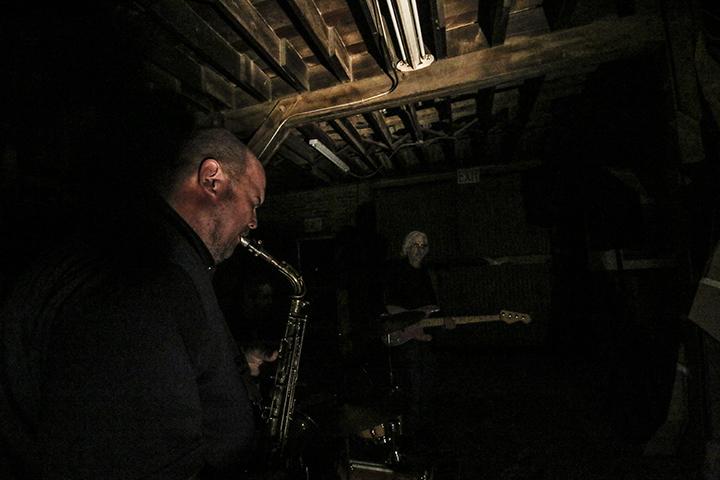
When the lights came back on, the only people left were other artists renting space within the factory. The show had come to a close.
A portion of Klaiber’s show will be on display at the Panama Art Factory near Sacramento City College through the month of November.



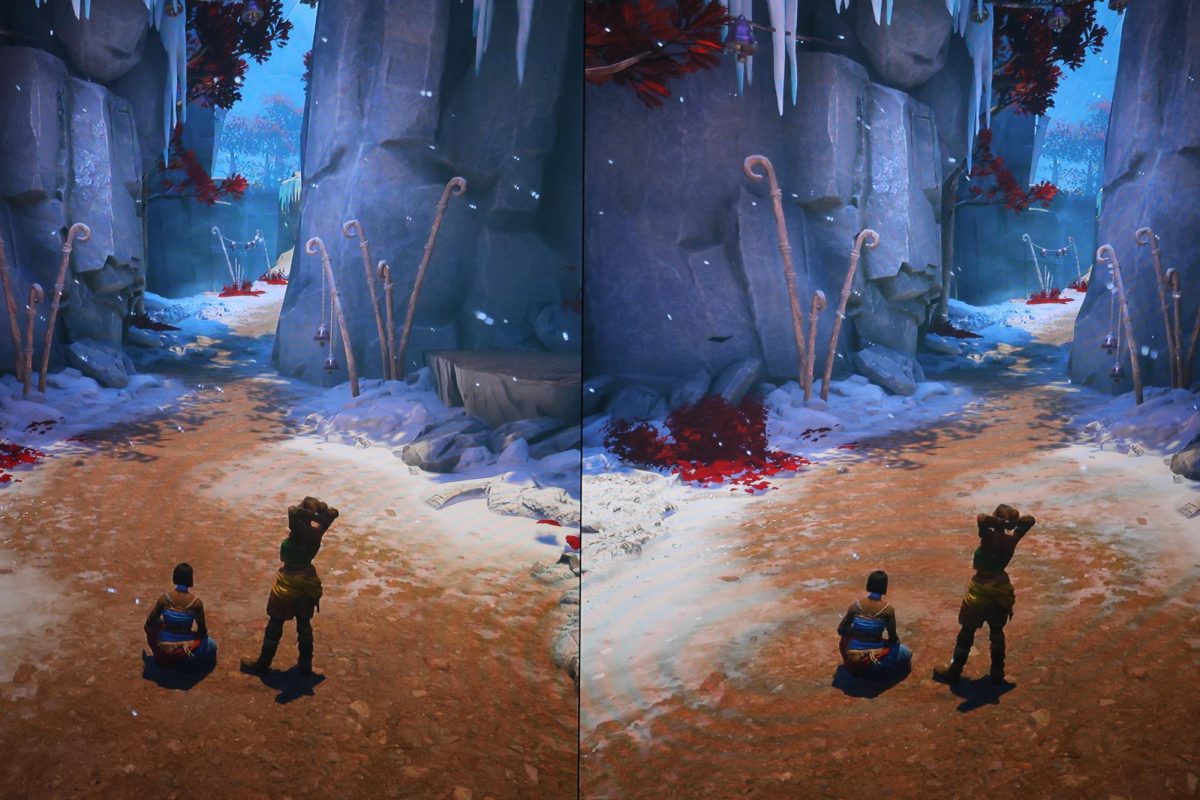
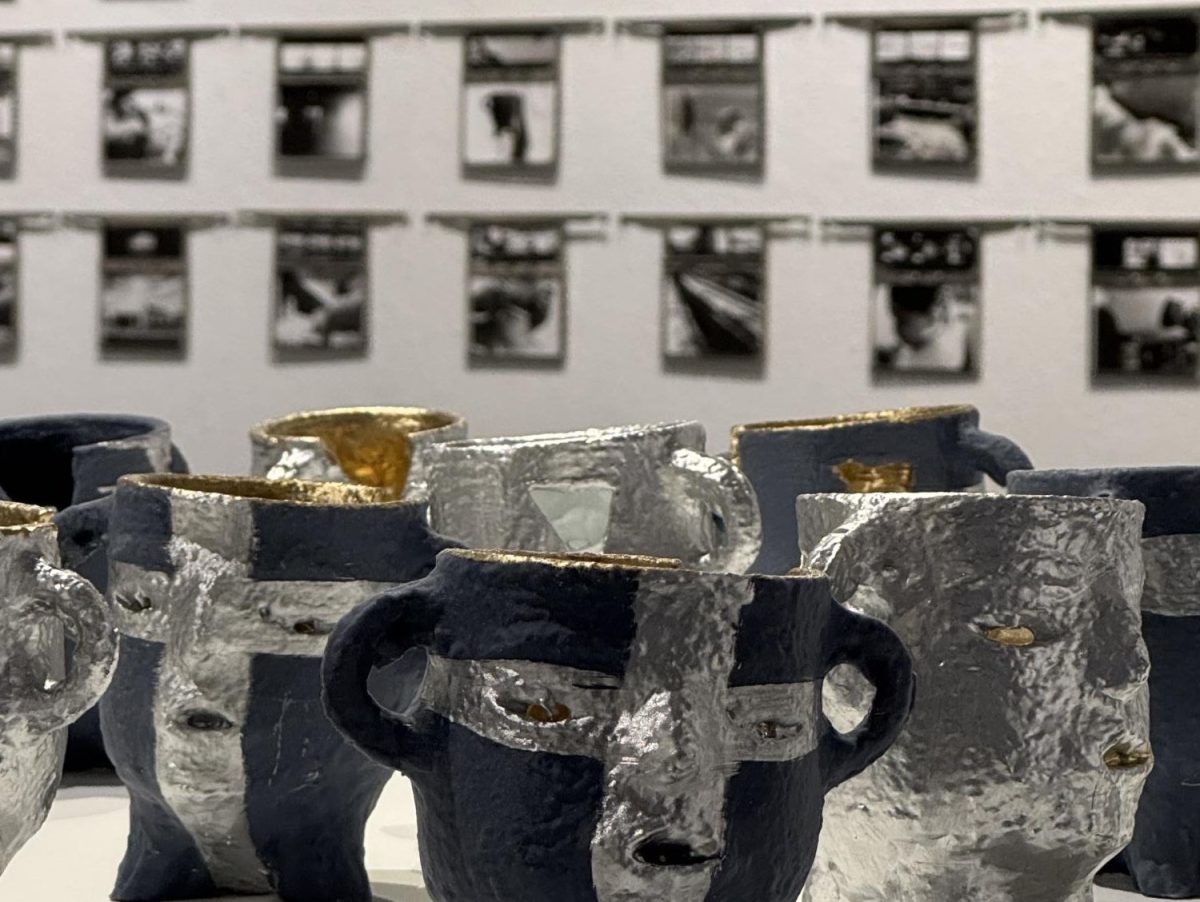

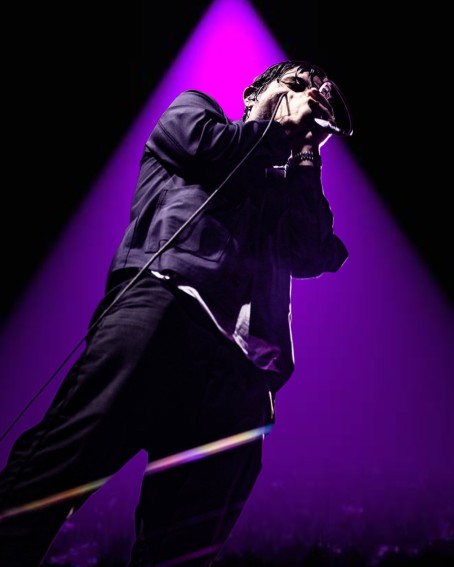
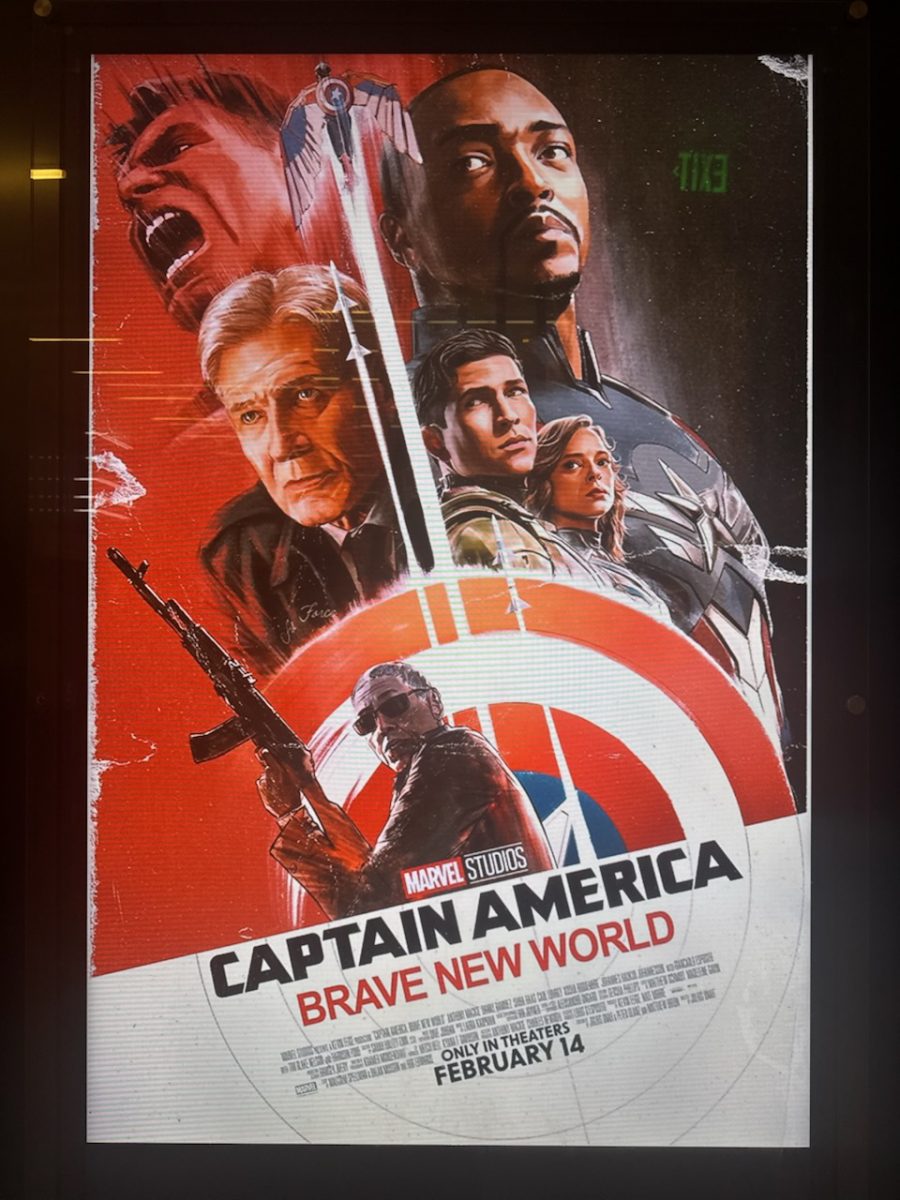
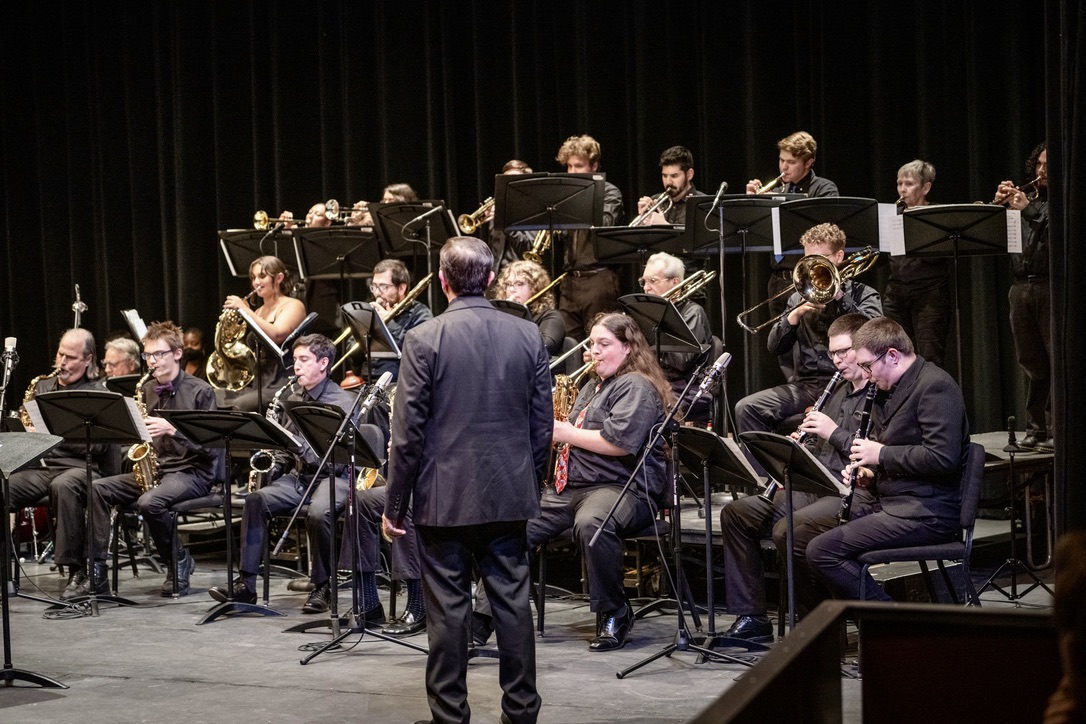
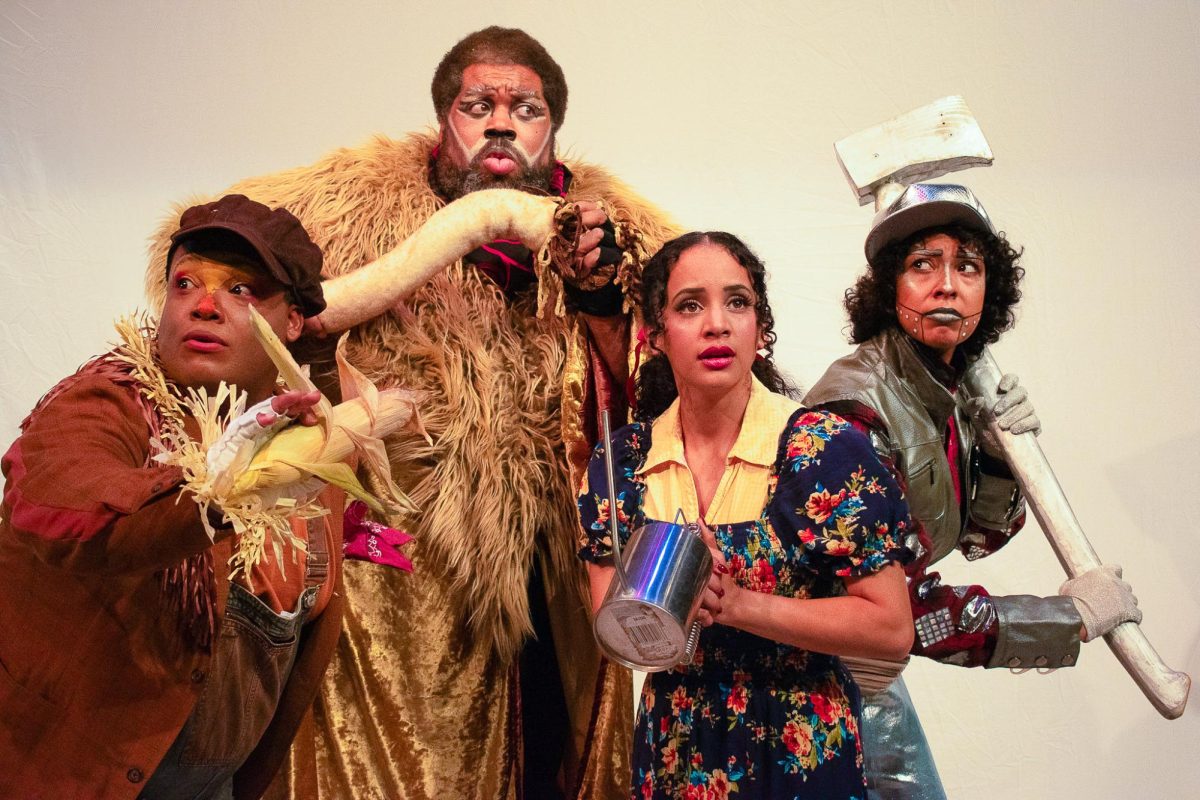
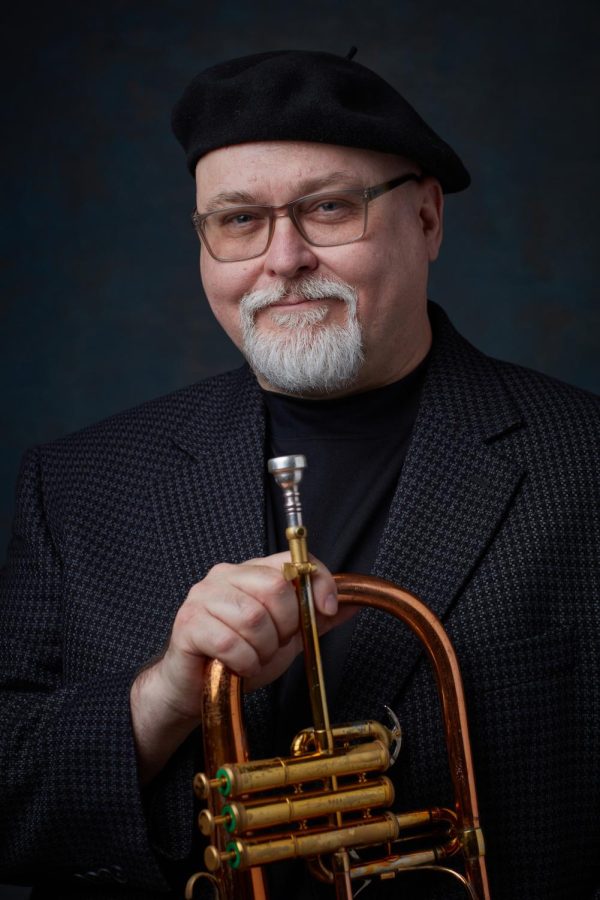
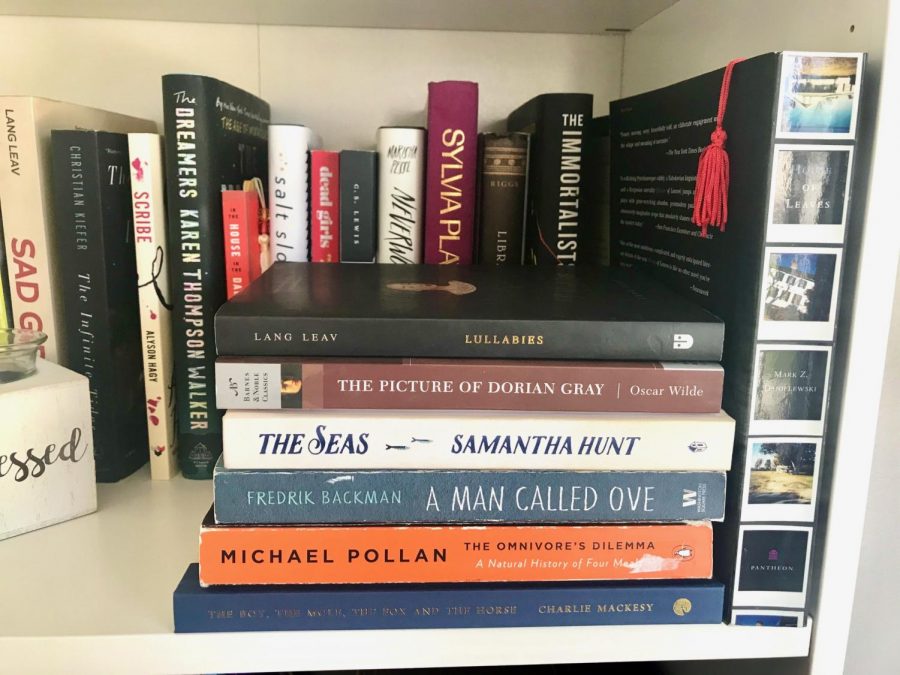
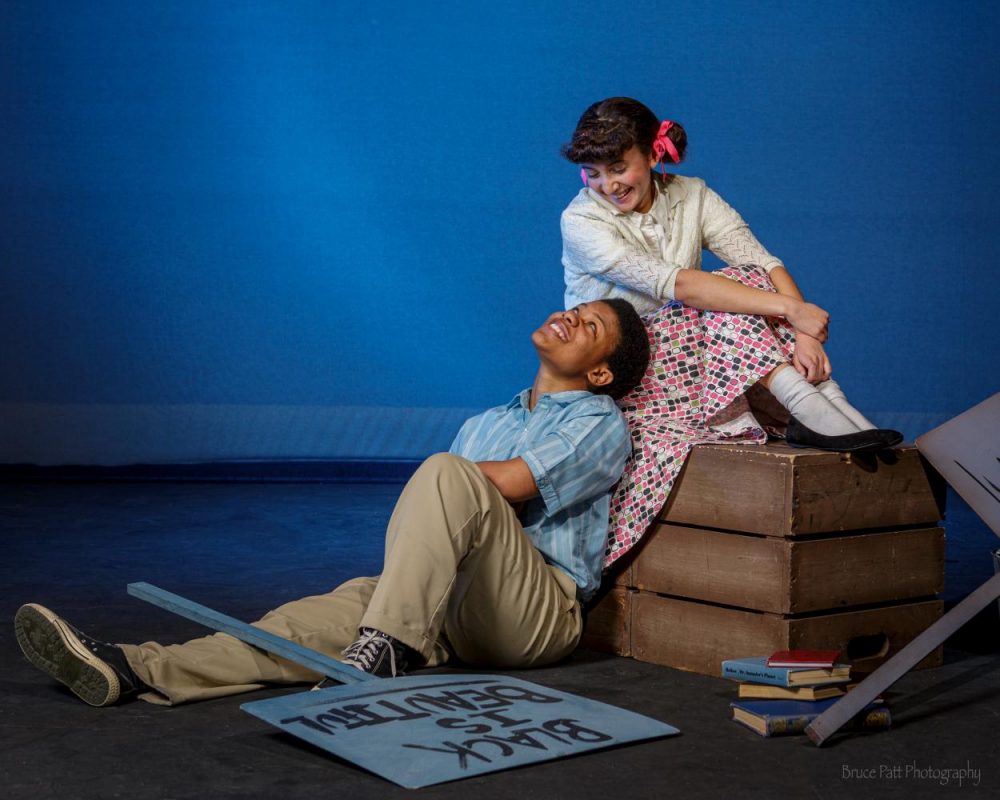
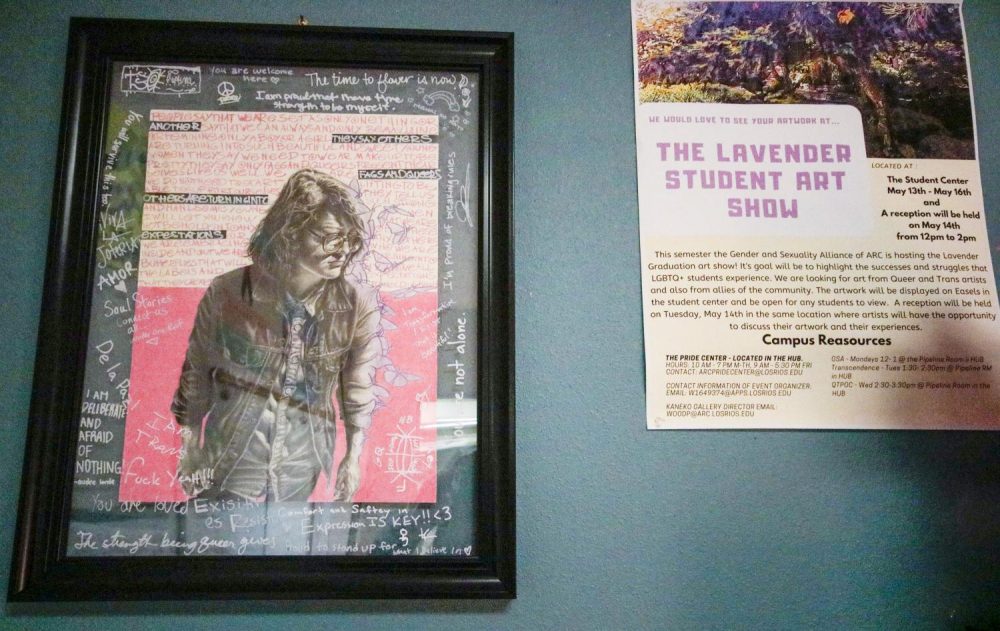


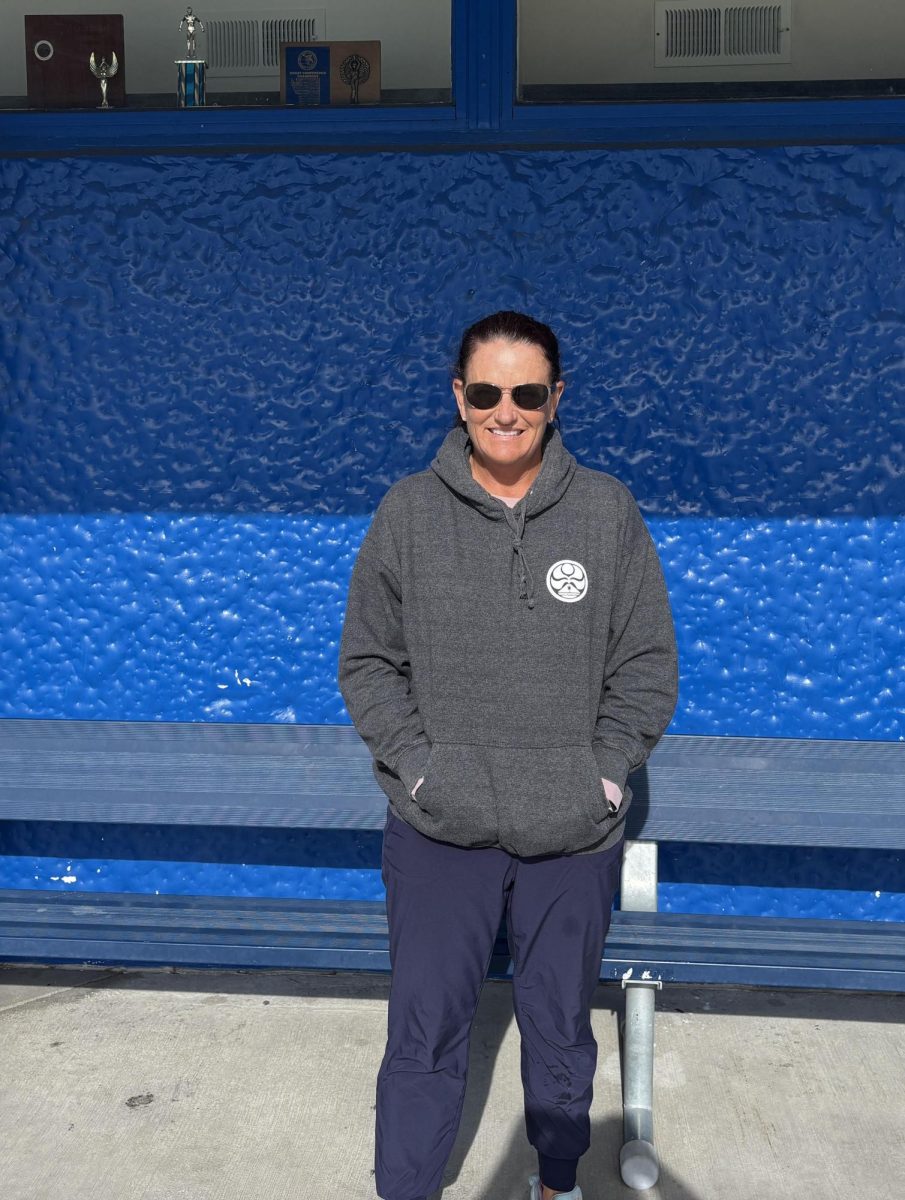
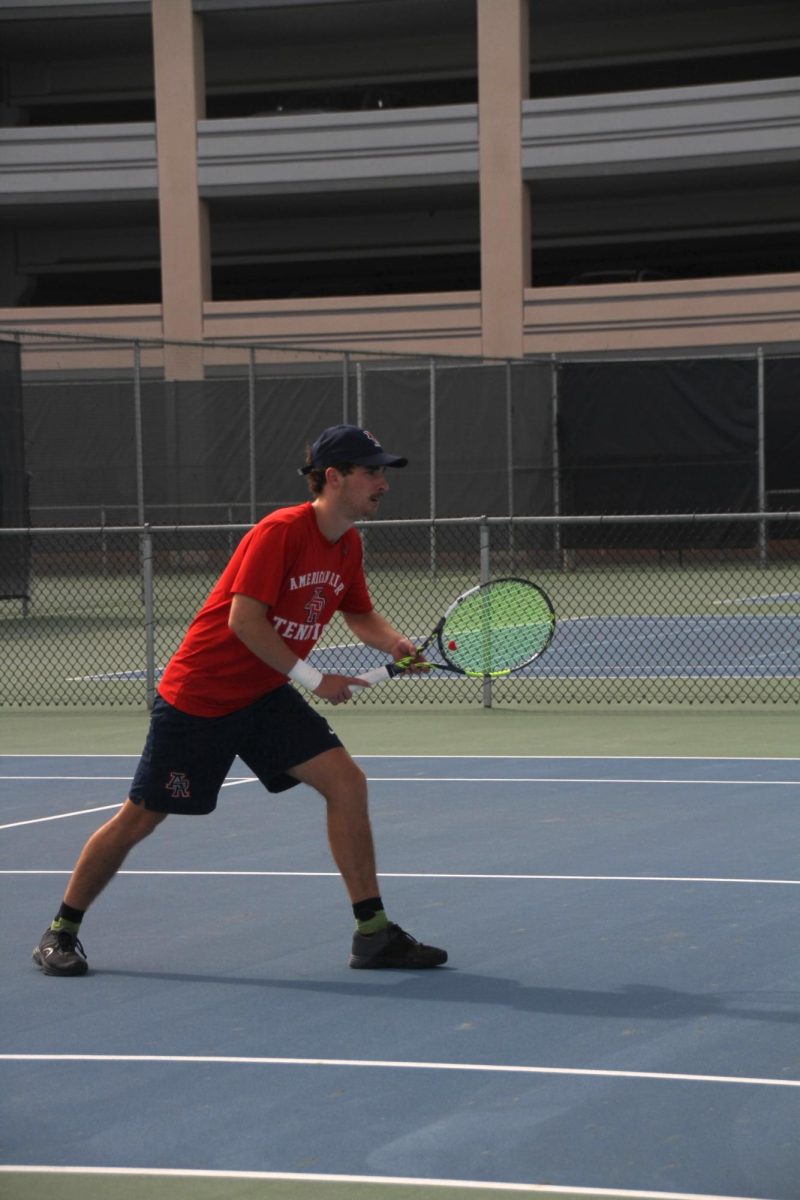



J • Aug 16, 2017 at 9:47 pm
This was a well-written story, felt like I was there. Good narrative.